Introduction to Antique Kitchen Decor
There’s something inherently charming about antique kitchen decor that evokes nostalgia and warmth. From rustic wooden cabinets to vintage dishware, these elements not only add character to your kitchen but also tell stories of the past. In this guide, we’ll dive into the various aspects of antique kitchen decor, share personal experiences, and provide practical tips for creating a space that reflects timeless elegance.
What is Antique Kitchen Decor?
Antique kitchen decor encompasses a wide range of items and styles that have historical significance. Typically, items that are over 100 years old fall into this category. Antique decor is characterized by its unique craftsmanship, quality materials, and the charm that comes from being well-loved over the years.
Why Choose Antique Kitchen Decor?
Integrating antique elements into your kitchen can bring several benefits:
- Character and Uniqueness: No two antique pieces are alike, making your space truly one-of-a-kind.
- Quality Craftsmanship: Many antiques are made with superior materials and craftsmanship that surpass modern mass-produced items.
- Environmentally Friendly: Choosing vintage decor is a sustainable choice that reduces waste and promotes recycling.
Types of Antique Kitchen Decor
There is a plethora of antique items you can incorporate into your kitchen. Here are some popular types:
1. Antique Furniture
From farmhouse tables to ornate cabinets, antique furniture can serve as both functional and decorative pieces in your kitchen.
2. Vintage Utensils and Cookware
Old wooden spoons, cast iron pans, and ceramic dishware can add charm and authenticity to your kitchen. Consider displaying them as part of your decor.
3. Decorative Accents
Items such as vintage scales, jars, and wall hangings can bring an antique feel without overwhelming the space.

4. Hardware
Antique knobs, handles, and light fixtures can transform modern cabinetry into a vintage masterpiece.
How to Incorporate Antique Decor in Your Kitchen
Mixing antique pieces with modern elements can create a balanced and inviting kitchen. Here are some tips on how to achieve that:
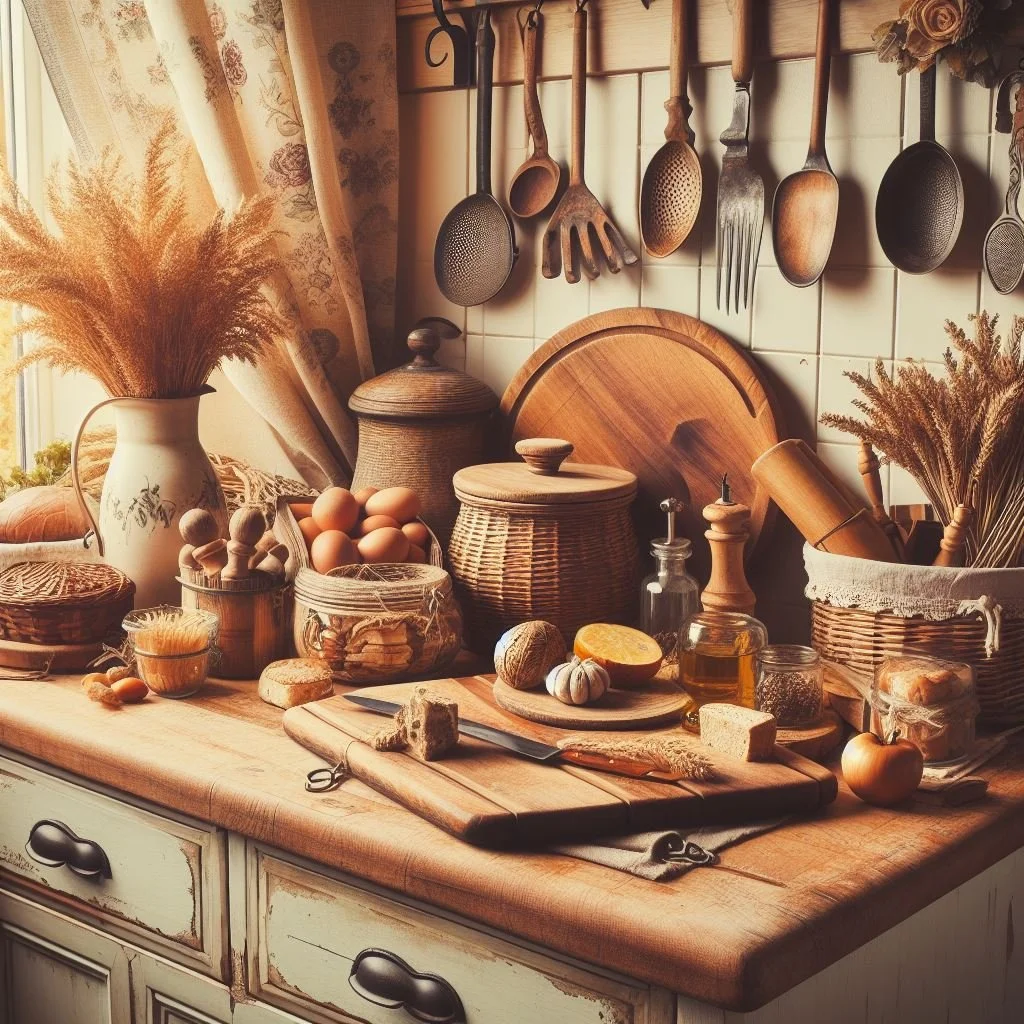
1. Create a Focal Point
Select a standout antique piece, such as a rustic table, and build the surrounding decor around it.
2. Blend Styles
Don’t be afraid to mix and match different styles. Pair modern appliances with antique furniture for a stylish contrast.

3. Use Color Wisely
Choose a color palette that complements your antique pieces. Soft neutrals can help highlight the beauty of vintage decor.
4. Showcase Collections
If you have a collection of vintage items, display them in a dedicated space, such as open shelves or glass cabinets.
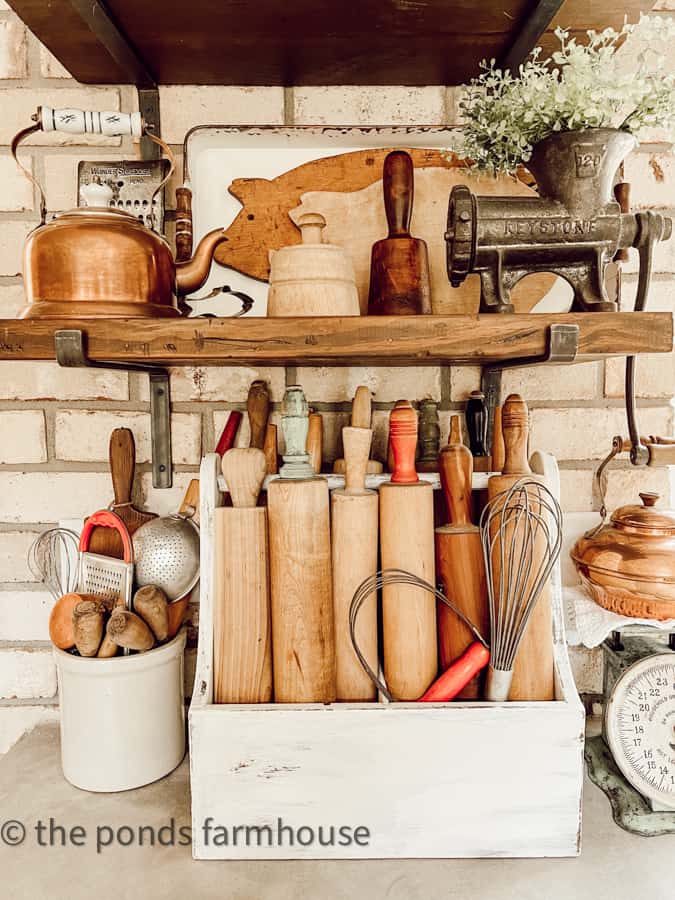
Personal Experiences with Antique Kitchen Decor
When I first ventured into antique decor, I was drawn to the unique stories behind each piece. I remember finding an old farmhouse table at a local estate sale that had seen many family dinners. Restoring it was more than just a DIY project; it was a journey of preservation and appreciation for the past.
Incorporating that table into my kitchen transformed the space into a warm gathering place for friends and family, proving that antique decor doesn’t just beautify a space; it creates memories.
Antique Kitchen Decor Pros and Cons
| Pros | Cons |
|---|---|
| Unique character that modern pieces lack. | Can be costly depending on the rarity. |
| High-quality craftsmanship. | May require maintenance or restoration. |
| Environmentally sustainable. | Not always practical for everyday use. |
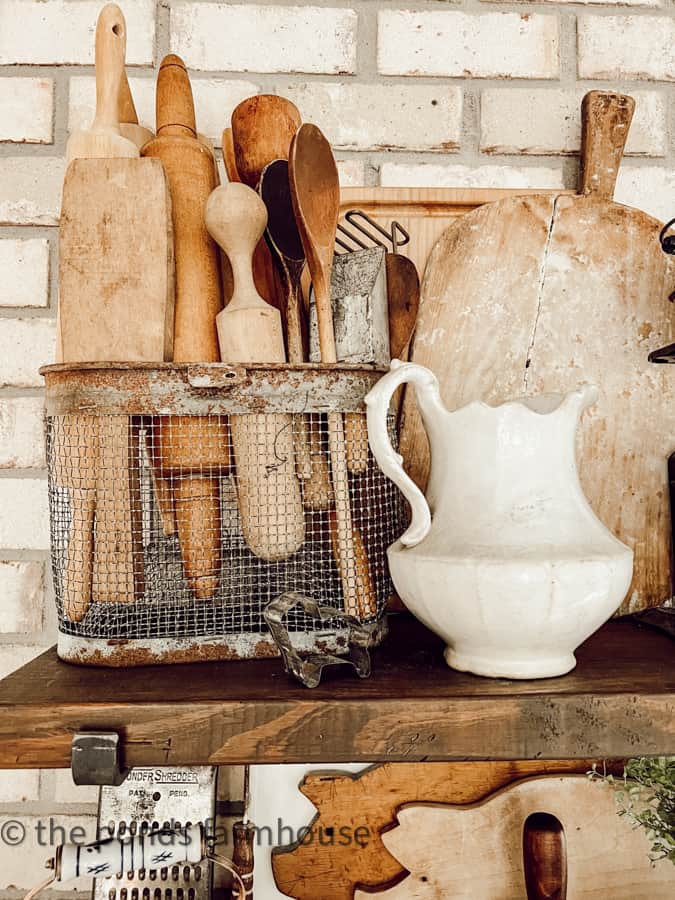
Finding Antique Kitchen Decor
Finding the right antique pieces can be an adventure. Here are some tips to help you in your quest for vintage treasures:
1. Antique Stores and Flea Markets
Visiting local antique shops and flea markets can yield great finds. Make sure to check back regularly, as inventory changes often.
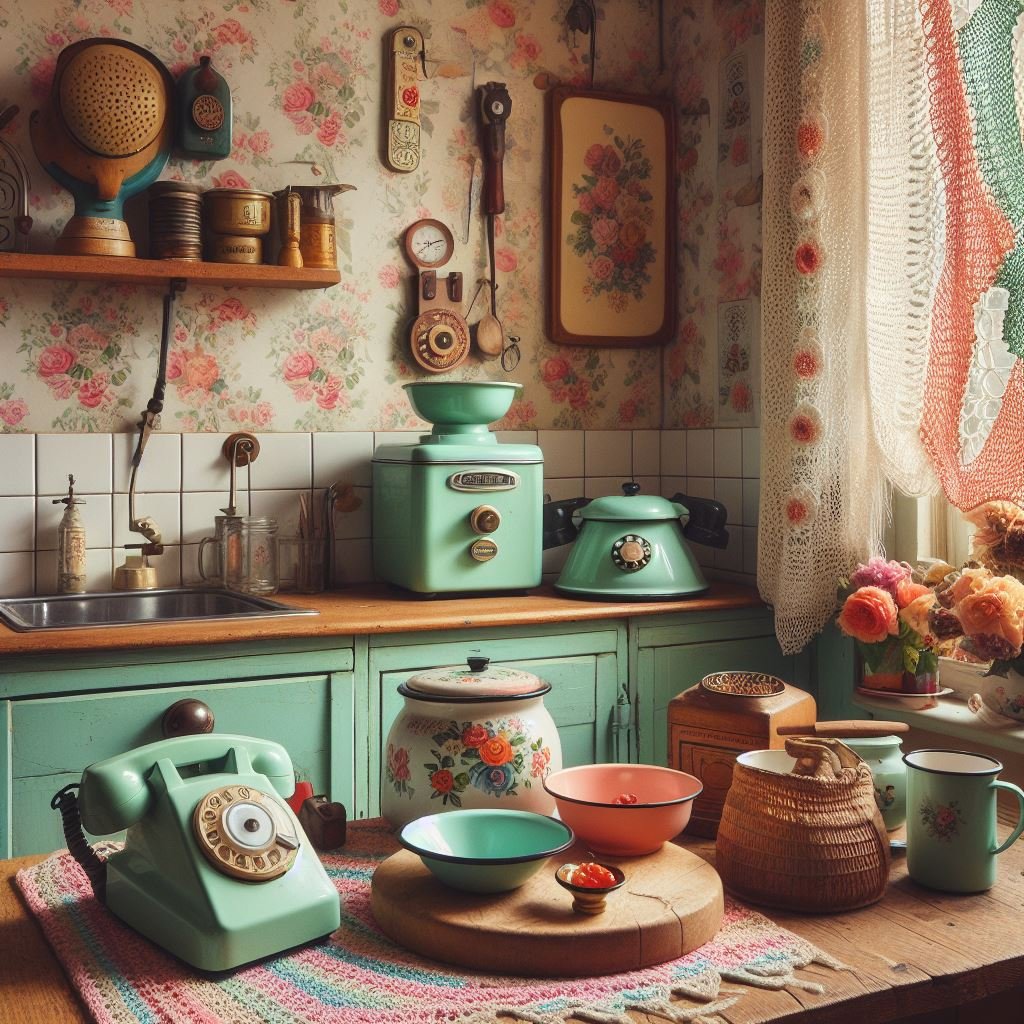
2. Estate Sales and Auctions
Estate sales can be gold mines for antique lovers. You can often find beautiful, well-preserved items at reasonable prices.
3. Online Marketplaces
Websites like eBay, Etsy, and Facebook Marketplace allow you to browse a wide variety of antique items from the comfort of your home.
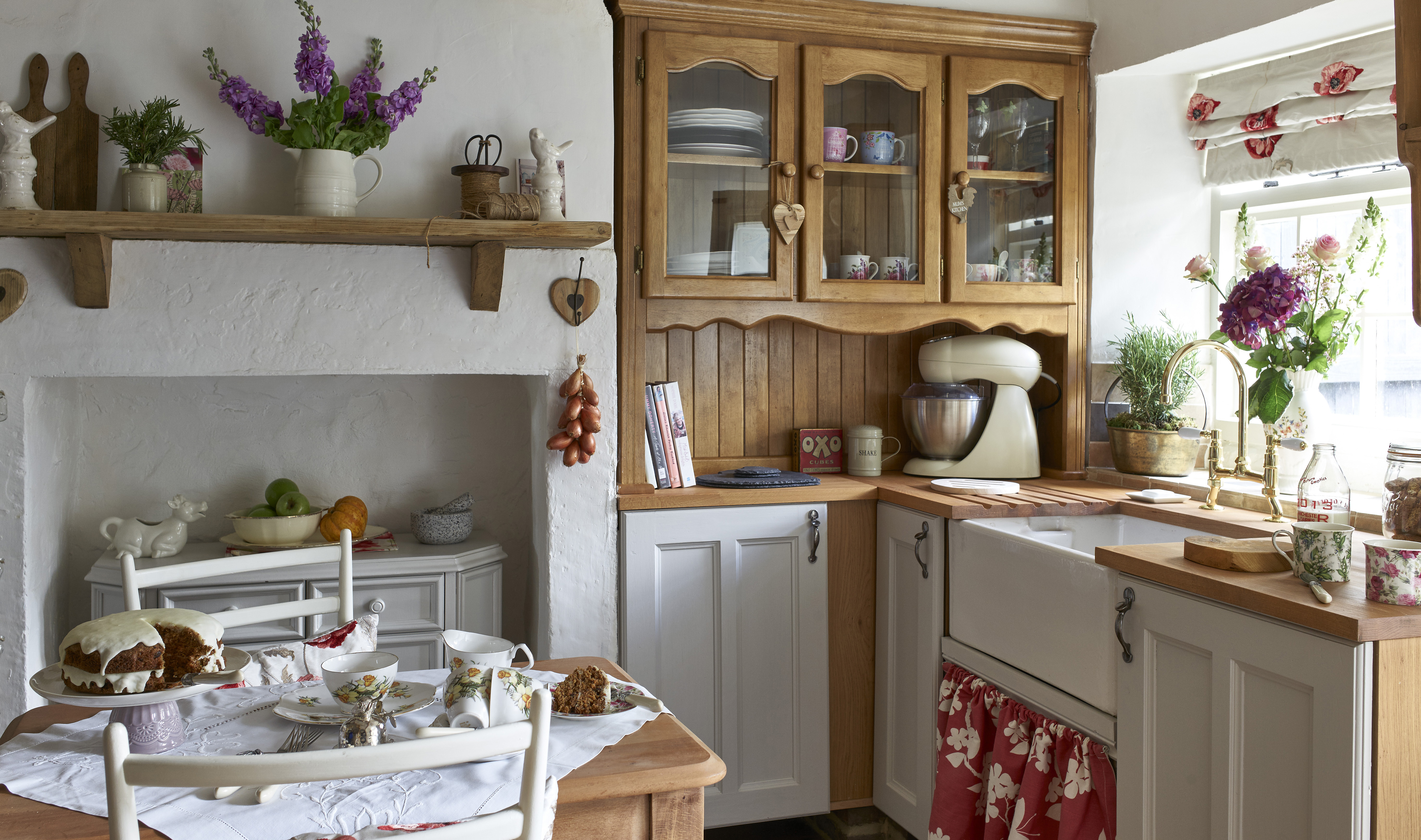
Restoring Antique Kitchen Decor
Sometimes, the antique pieces you find need a little love to bring out their full potential. Here are some general tips for restoration:
1. Cleaning
Always start with a thorough cleaning using gentle cleaners to avoid damaging the finish.
2. Refinishing
If the wood looks dull, consider refinishing it. Sanding and applying a new stain can rejuvenate the piece.
3. Repairing
For broken items, learn basic repair techniques or consult a professional if needed.
Antique Kitchen Decor FAQs
What types of items are considered antique kitchen decor?
Antique kitchen decor can include furniture, utensils, cookware, decorative pieces, and hardware that are typically over 100 years old.
How do I choose the right antique pieces for my kitchen?
Consider the style of your kitchen, the size of the space, and how the antique pieces will function within your decor. Select items that resonate with you personally.
Are antique kitchen pieces safe to use?
Many antique items are safe for use; however, it’s important to check for any signs of wear or damage. Items like vintage dishware should be checked for lead content before use.
How do I care for my antique kitchen decor?
Caring for antique decor involves gentle cleaning, avoiding harsh chemicals, and providing appropriate storage conditions to prevent damage.